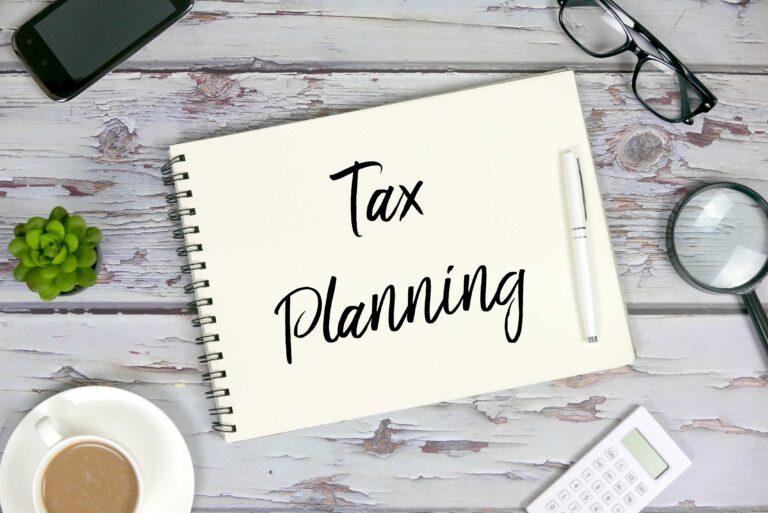
After being significantly cut in April 2023, the annual CGT allowance will be halved from 6th April 2024, and will see many more individuals subject to CGT in the next tax year.
The Finance Bill 2022 introduced the first reduction in the annual CGT exemption, reducing the allowance from £12,300 in 2022/23 to £6,000 in the current tax year. From 6th April, this exemption will halve to just £3,000 and the legislation confirms this allowance is fixed until any further legislative changes are made.
CGT is payable on the net balance of gains and losses made over the course of a tax year when assets – such as property and investments – are sold. A direct result of the lower annual allowance is that many more people will pay CGT, with those holding substantial investment portfolios that are not in a tax-efficient wrapper, such as an Individual Savings Account (ISA), facing mounting annual CGT bills. The rate of CGT on the disposal of investments is, thankfully, not punitive. Those who pay basic rate income tax will pay CGT at 10% and higher rate taxpayers pay 20%. Higher rates of CGT are, however, charged when disposing of residential property.
The reduced allowance is likely to challenge investment strategies, and could potentially lead some to reach the conclusion that they should avoid disposing of investments for fear of triggering a tax charge. Another way to reframe the decision is that you still retain at least 80%, or possibly 90%, of the gain made above the allowance, and the sale could provide the opportunity to realign an existing portfolio. This could prove to be a sensible move, if the investment has grown substantially and the level of risk has increased by virtue of the larger holding. It could also be worthwhile if the investment is underperforming and the proceeds are used to reinvest into another asset with improved prospects.
There are steps you can take to maximise the available allowances. Investments held in joint names can use both CGT allowances as the gain is deemed to be shared, and if investments are held in an individual’s sole name, arranging a transfer between spouses could help make use of available allowance that would otherwise be wasted.
Any CGT liability needs to be declared to HMRC, and even when the net balance of gains and losses falls below the new £3,000 annual allowance, disposing of assets valued at more than £50,000 will also trigger the CGT reporting requirements. This is likely to mean that many more individuals will need to complete a Self-Assessment Tax Return in the future.
Alongside the reduction in the CGT allowance from 6th April 2024, the Dividend Allowance is also being further reduced to just £500. The Dividend Allowance is a tax-free allowance that covers dividend income received, and captured the first £5,000 of dividend income received in 2016. This allowance was cut to £2,000 in 2018, and was further reduced to £1,000 in the current tax year.
According to Treasury data, the latest cut to the Dividend Allowance is likely to impact over 3 million individuals, from those who hold investment portfolios to company directors who are largely remunerated through dividends.
The changes are likely to be felt the most by investors with smaller portfolios of individual shares or collective investments, who may be faced with paying dividend tax for the first time. Dividend tax is charged at 8.75% for basic rate taxpayers, and therefore the impact may appear relatively light; however, the rate is hiked to 33.75% for higher rate taxpayers and 39.35% for additional rate taxpayers.
According to Treasury figures, the combined impact of the CGT allowance changes and reduction in the Dividend Allowance will generate over £4.6bn of revenue over the next four years. This represents a significant additional tax take for the Exchequer, although investors can take steps to minimise the impact of the changes.
Firstly, the changes present an ideal opportunity to review an existing investment portfolio, to consider whether funds or stocks need to be sold in the current tax year to crystallise a gain within the CGT allowance. We often meet clients who have not reviewed existing portfolios for some time, and carry investments with large capital gains that would be crystallised on disposal. With the reduction in the CGT allowance, the tax implications of disposal will need to be carefully managed, although investors would be well served to consider the performance and future prospects of an investment, when reaching a decision that creates a CGT liability.
Using tax allowances, such as the ISA allowance, can be effective ways of minimising the impact of the tax changes. ISAs have been a staple of financial planning for many years, and the benefits of regular use of the ISA allowance, in conjunction with other tax efficient investment wrappers, could reduce tax bills in the future.
The reduction in the annual CGT and Dividend Allowances is likely to impact many investors from April, and for individuals with sizeable investment portfolios that are rebalanced and reviewed regularly, CGT liabilities may well be increasingly unavoidable. That being said, future liabilities to both CGT and Dividend Tax can be reduced by planning ahead and using annual exemptions where possible.
As a Chartered independent firm, we can advise on solutions from across the marketplace, and are very used to providing advice on existing investment portfolios and how these can be made more tax-efficient. Speak to one of our experienced advisers to discuss the impact of the changes from April and how it will affect your portfolio.